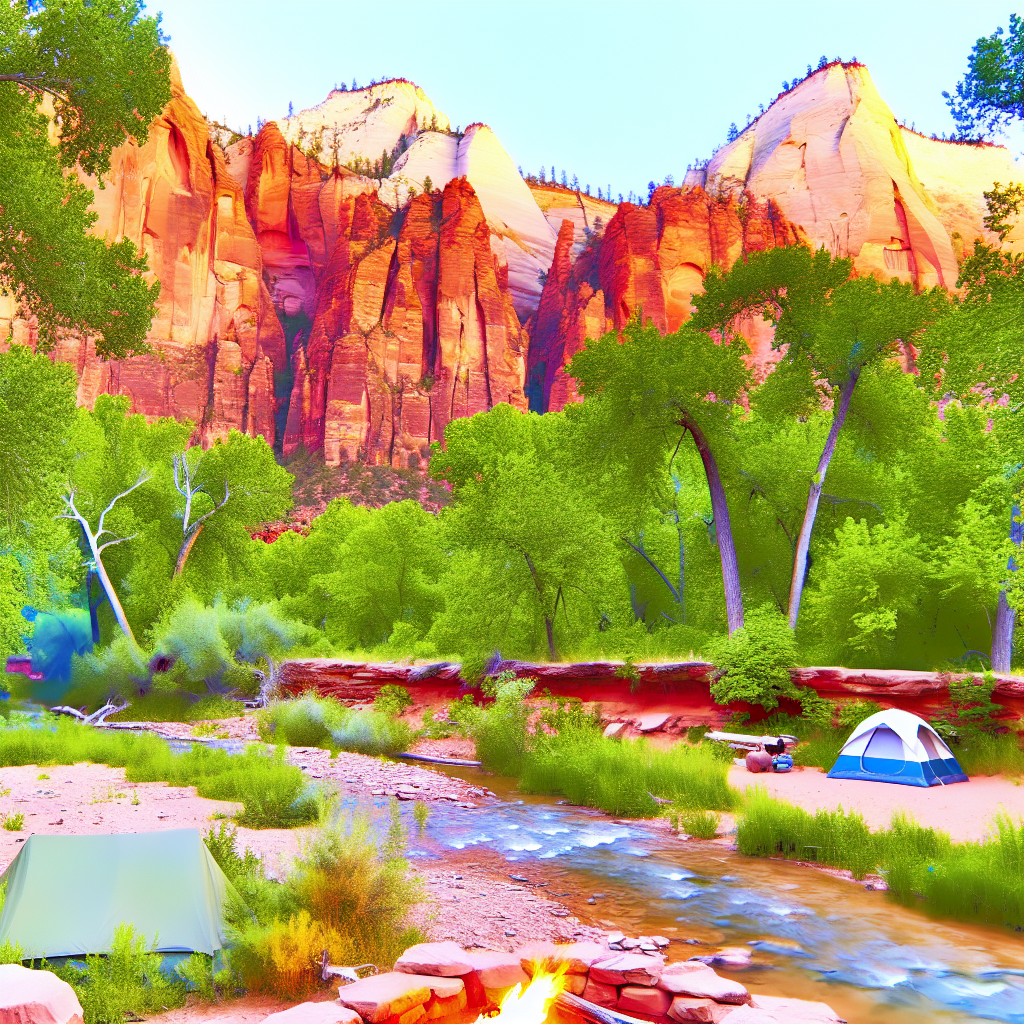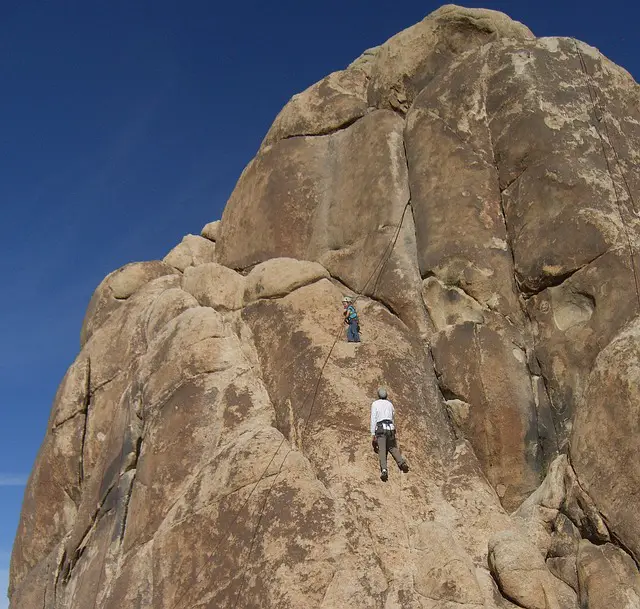When it comes to experiencing the great outdoors, few places in the United States offer the striking beauty and adventure of Zion National Park. Located in the southwestern corner of Utah, Zion National Park is a haven for outdoor enthusiasts, offering a variety of camping experiences that range from developed campgrounds to backcountry sites. In this article, we’ll explore everything you need to know about Zion National Park camping, from the best campgrounds to insider tips for a memorable stay.
Why Choose Zion National Park for Camping?
Zion National Park is a treasure trove of natural wonders. The park is renowned for its towering sandstone cliffs, diverse ecosystems, and crystal-clear streams. For many, the allure of Zion lies in its combination of scenic beauty and endless opportunities for outdoor activities such as hiking, rock climbing, and bird watching. Camping in Zion allows you to immerse yourself in its breathtaking landscapes, providing a base from which you can explore the park’s many wonders.
Stunning Scenery
One of Zion’s most compelling features is its unparalleled scenery. The park’s unique geology and dramatic landscapes draw millions of visitors each year. Campers can wake up to the glow of sunrise casting shadows on the canyon walls and fall asleep under a blanket of stars. The constantly changing light transforms the park’s features throughout the day, offering new perspectives and photo opportunities at every turn.
Recreational Opportunities
Camping in Zion isn’t just about setting up a tent and enjoying the view; it’s about participating in the park’s many recreational activities. From hiking the iconic Angels Landing to exploring The Narrows, Zion offers adventures for all skill levels. After a day of exploring, there’s nothing quite like returning to your campsite to relax and recount the day’s experiences around a campfire.
Where Can You Camp in Zion National Park?
Zion National Park offers a variety of camping options to suit different preferences and needs. Whether you prefer the convenience of a developed campground or the solitude of backcountry camping, Zion has something for everyone.
Developed Campgrounds
The park features three developed campgrounds: South Campground, Watchman Campground, and Lava Point Campground.
1. **South Campground**: Located near the park’s south entrance, this campground is a favorite among visitors. It operates on a first-come, first-served basis and offers 117 campsites with amenities such as restrooms, potable water, and picnic tables.
2. **Watchman Campground**: Also near the south entrance, Watchman Campground accepts reservations and provides easy access to the Visitor Center and shuttle services. It offers 176 sites, including tent and electric campsites, making it ideal for both tent campers and RV enthusiasts.
3. **Lava Point Campground**: If you’re looking for a more remote experience, Lava Point Campground is situated about an hour’s drive from the main canyon. This smaller campground has only six primitive sites and no potable water, offering a more secluded and rugged camping experience.
Backcountry Camping
For those seeking solitude and a closer connection to nature, backcountry camping in Zion National Park might be the ideal choice. Permits are required for all overnight stays in the backcountry, and the park offers a variety of trails and sites for experienced campers. Popular backcountry sites include the West Rim Trail, the East Rim Trail, and The Narrows. Proper preparation, including obtaining the necessary permits and planning your route, is essential for a safe and enjoyable backcountry experience.
What Should You Bring for Zion National Park Camping?
Proper preparation is key to a successful camping trip in Zion. Here are some essentials you should consider packing:
– **Tent and Sleeping Gear**: Depending on the season, you’ll need a quality tent and appropriate sleeping gear to ensure comfort and safety.
– **Cooking Supplies**: A portable stove, cookware, and utensils are necessary for preparing meals. Remember to pack enough food and snacks to fuel your adventures.
– **Clothing**: Layered clothing is crucial as temperatures in the park can vary greatly. Don’t forget a hat, sunscreen, and sturdy hiking boots.
– **Navigation Tools**: A map, compass, or GPS device is essential, especially if you’re venturing into the backcountry.
– **First Aid Kit**: Always carry a comprehensive first aid kit to handle minor injuries or emergencies.
– **Permits and Passes**: Ensure you have all necessary permits and park passes for your stay.
When is the Best Time for Zion National Park Camping?
Zion National Park is open year-round, but the best time for camping depends on your preferences and planned activities.
Spring and Fall
Spring and fall are the most popular seasons to visit Zion. During these times, the weather is mild, and the park’s flora and fauna are particularly vibrant. Reservations are recommended for campgrounds during these peak seasons.
Summer
Summer in Zion can be hot, with temperatures often exceeding 100°F. However, this is also the time when all park facilities and services are fully operational. To beat the heat, plan your activities for early morning or late afternoon.
Winter
Winter offers a quieter, more serene experience in Zion. While some higher elevation areas may be inaccessible due to snow, the lower canyon areas remain open. Winter camping requires extra preparation for cold weather conditions.
Conclusion
Zion National Park camping offers an unparalleled opportunity to connect with nature and experience some of the most breathtaking landscapes in the country. Whether you choose a developed campground or venture into the backcountry, your time under Zion’s vast skies will be filled with adventure and tranquility. Proper planning and preparation will ensure that your camping trip is not only enjoyable but also safe. So pack your gear, secure your permits, and get ready to create lasting memories in one of America’s most iconic national parks.




